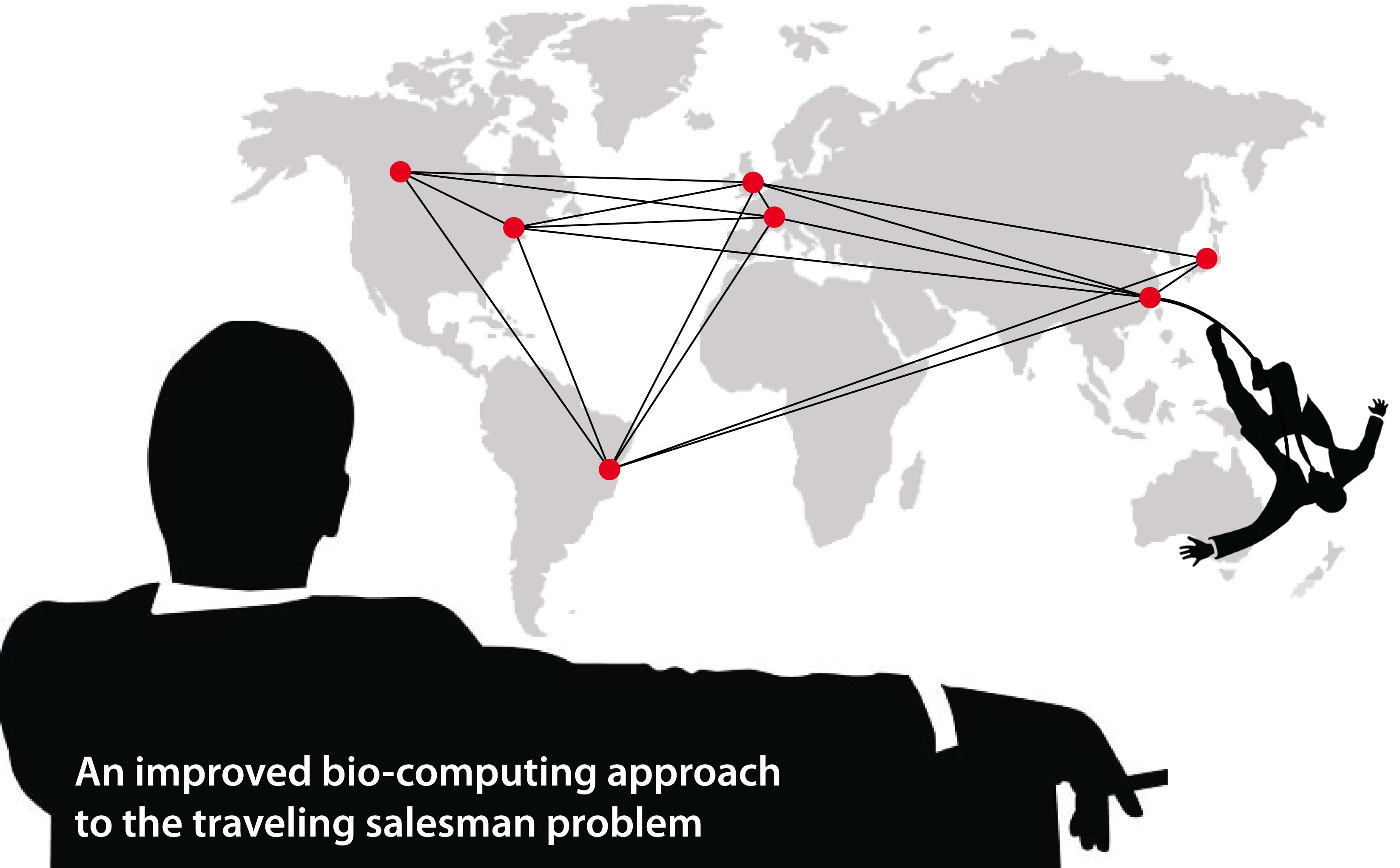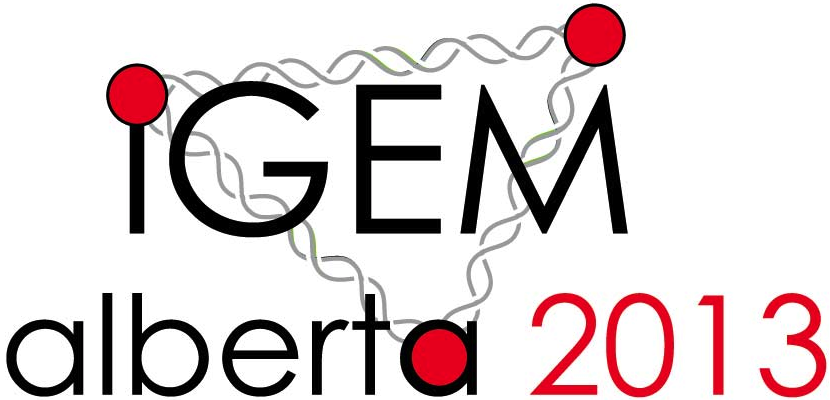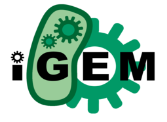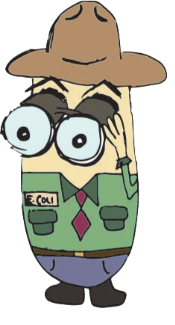Team:Alberta
From 2013.igem.org
(Difference between revisions)
| Line 433: | Line 433: | ||
</div--> | </div--> | ||
<div class="block"> | <div class="block"> | ||
| + | <h3 class="centered"> | ||
| + | Welcome to the Team Alberta website! | ||
| + | Our project, The Littlest MapMaker, is all about creating biological computers; training E. coli to solve tough mathematical puzzles, like the travelling salesman problem. | ||
| + | </h3><br /> | ||
<img src="/wiki/images/e/e8/Mapmaker-banner.jpg" | <img src="/wiki/images/e/e8/Mapmaker-banner.jpg" | ||
| - | style="width:100%;"></img | + | style="width:100%;"></img> |
| - | + | ||
| - | + | ||
| - | + | ||
| - | + | ||
| - | + | ||
</div> | </div> | ||
<div class="block"> | <div class="block"> | ||
| - | < | + | <ul> |
| - | + | <li>Curious about the possibilities of biocomputing? Need of a crash course on travelling salesman problems? Visit our <a href="https://2013.igem.org/Team:Alberta/Background">background page</a> for more information on the real-world applications of our project.</li> | |
| - | + | <li>Want to get straight to the details of what Team Alberta has been working on this summer? Read up in the <a href="https://2013.igem.org/Team:Alberta/Overview">overview</a> and <a href="https://2013.igem.org/Team:Alberta/Results">results</a> pages to see what we've achieved.</li> | |
| - | + | <li>Or maybe you'd like to get to know the team itself, those who have helped us along and those we've helped in turn? See the <a href="https://2013.igem.org/Team:Alberta/Team">team roster</a>, <a href="https://2013.igem.org/Team:Alberta/Attributions">sponsors</a> and <a href="https://2013.igem.org/Team:Alberta/Outreach">outreach</a> pages to meet everyone who's participated.</li> | |
| - | + | </ul> | |
| - | + | <!--div class="thumbnails"> | |
| - | + | ||
| - | + | ||
| - | + | ||
| - | + | ||
| - | + | ||
| - | + | ||
| - | + | ||
| - | + | ||
| - | + | ||
| - | + | ||
| - | + | ||
| - | + | ||
| - | + | ||
| - | + | ||
| - | </ | + | |
| - | <div class="thumbnails"> | + | |
<div class="thumbnail"> | <div class="thumbnail"> | ||
<img src="/wiki/images/thumb/c/c7/Sample_product.png/300px-Sample_product.png"></img> | <img src="/wiki/images/thumb/c/c7/Sample_product.png/300px-Sample_product.png"></img> | ||
| Line 478: | Line 461: | ||
(and thus which route) occurred the most frequently. This route, the one most favoured | (and thus which route) occurred the most frequently. This route, the one most favoured | ||
by the ligation reactions, is the optimal route! | by the ligation reactions, is the optimal route! | ||
| - | </p> | + | </p--> |
</div> | </div> | ||
<div class="block"> | <div class="block"> | ||
Revision as of 01:42, 28 September 2013
Welcome to the Team Alberta website! Our project, The Littlest MapMaker, is all about creating biological computers; training E. coli to solve tough mathematical puzzles, like the travelling salesman problem.

- Curious about the possibilities of biocomputing? Need of a crash course on travelling salesman problems? Visit our background page for more information on the real-world applications of our project.
- Want to get straight to the details of what Team Alberta has been working on this summer? Read up in the overview and results pages to see what we've achieved.
- Or maybe you'd like to get to know the team itself, those who have helped us along and those we've helped in turn? See the team roster, sponsors and outreach pages to meet everyone who's participated.
 "
"



